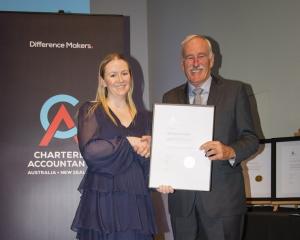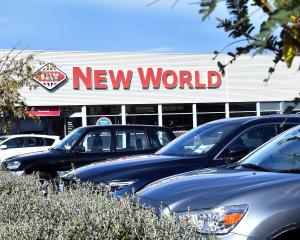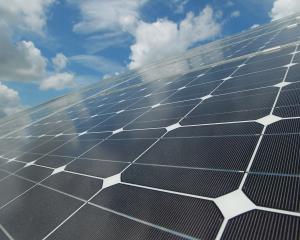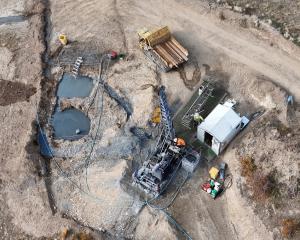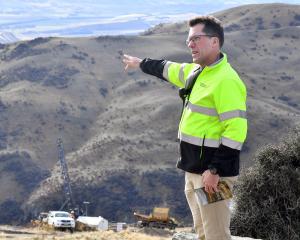
Auckland represented nearly 40% of the country and had a disproportionate impact on national figures.
Auckland was cooling, migration was cooling and growth was cooling, for now, he said in Kiwi Outlook.
Some regions had already lifted economic growth.
''Our 'green maps' show slower growth compared to 2016, and the near-term outlook is mixed. But we believe the long-term outlook is much better. Our strengthening ties to Asia will bring more demand for everything from food to education, and tourism to housing.''
While much of the Kiwi Outlook focused on the country's housing market, it also reviewed tourism, the labour market, retail sales and the risks the regions faced.
The risks to the outlook were all foreign and ugly, Mr Kerr said.
The rising risk of a trade war between economic giants would hurt global confidence and growth.
''A full-blown trade war is still unlikely but the characters we are dealing with look like something off a B-grade Hollywood horror.''
With United States President Donald Trump in charge, the intellectual debate with North Korean leader Kim Jong-un, Chinese president Xi Jinping, German chancellor Angela Merkel and others was baffling. Yet, the world was forced to focus on it, he said.
To date, the tariff announcements were a rounding error when considering economic impact although the potential for something far worse was too high to ignore.
China, New Zealand's largest trading partner, was involved in the scuffle. Australia, New Zealand's second-largest trading partner was more leveraged to China than this country.
''Luckily, we grow more inelastic goods - economist speak for 'you need it' - but we're not immune to a sharp downturn or global recession. And all regions will be impacted to some extent.''
For now, the threat of a trade war did not mean much for the regions, Mr Kerr said.
Every part of the country would react differently to foreign distress. For now, it was time to focus on what was actually happening and what was likely to happen and what was happening was good enough, for now.
The Kiwi Outlook showed the labour market was the strongest in the South, and performed well in the March quarter.
The unemployment rate reached a nine-year low of 4.4% and employment growth a ''respectable'' 3.1%.
Employment appeared to be strong in the tourism-weighted South, he said.
Otago, including the Queenstown-Lakes District, experienced an almost 10% annual jump in employment. The region also had a solid 2.3% rise in population in 2017 - similar to rates of growth recorded in upper North Island regions.
The Tasman-Nelson-Marlborough-West Coast region experienced a 4.8% increase in employment.
In the North Island, Northland East Coast had increases in job numbers, Mr Kerr said.
Employment could jump around at a regional level. The Manawatu-Whanganui region experienced a heavy 6.2% fall in the quarter, the only dull spot in a region that was otherwise in fine fettle.
Retail sales were broadly weaker in the March quarter and there were few regions that did not reflect the national trend.
Tourism was strong in the South and was expected to grow throughout the country.

